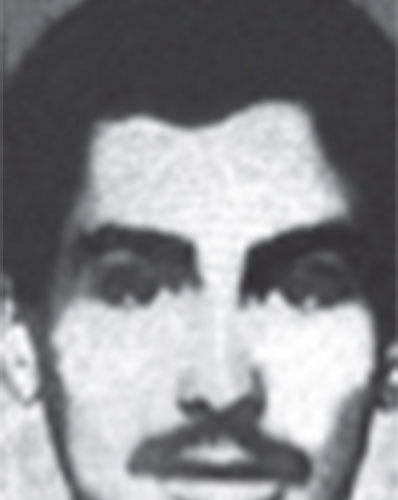Tragic Discovery: Brazilian Journalist Unwittingly Steps on Missing Girl's Body

In a distressing incident that highlights the complexities of reporting on tragedies, Brazilian journalist Lenildo Frazao inadvertently stepped on the submerged body of a missing 13-year-old girl during a live broadcast on June 30, 2025. The incident occurred while Frazao was reporting from the Mearim River in Bacabal, northeastern Brazil, the last known location of the girl, identified only as Raíssa. The girl had reportedly drowned while swimming with friends, and authorities later confirmed that her death was due to accidental drowning, with no signs of foul play.
During the live coverage, Frazao waded into the river, describing its depth and current when he suddenly felt something brush against him. "I think there’s something down here at the bottom of the water," he stated on camera, visibly shaken. "It felt like an arm — could it be her? But it might be a fish, too. I don’t know." Following this emotional segment, rescue teams resumed their search in the area, leading to the tragic discovery of Raíssa's body at the exact spot where Frazao had reported.
This incident has raised significant concerns regarding safety and the responsibilities of journalists while covering sensitive topics. According to Dr. Maria Silva, a media ethics expert at the University of São Paulo, "This tragic event underscores the need for journalists to balance the urgency of reporting with ethical considerations, especially when human lives are involved."
Historically, such incidents are not unprecedented. The fine line between reporting on tragedies and the emotional toll it takes on both the victims' families and the reporters themselves has been a point of contention in journalism ethics. In a 2022 study published in the Journal of Media Studies, Dr. John Carter, a communications professor at the University of Rio de Janeiro, noted that "reporters often find themselves in situations where the emotional weight of a story can lead to unintended consequences."
The community has reacted with sorrow and outrage, highlighting the need for better training for reporters in such sensitive situations. Local authorities have also emphasized the importance of safety measures for those reporting from hazardous locations. In light of this incident, the Brazilian Ministry of Communications is expected to review guidelines for journalists covering similar stories.
Looking forward, the implications of this incident extend beyond individual responsibility. It raises questions about the broader media landscape in Brazil, where sensationalism can often overshadow ethical reporting. As the public demands accountability and sensitivity in journalism, it becomes crucial for media organizations to adopt rigorous training programs focused on ethics, particularly in reporting on tragedies involving vulnerable populations.
Frazao's experience serves as a stark reminder of the potential hazards journalists face and the profound impact of their work on the lives of others. As the media continues to navigate the delicate balance between reporting and compassion, it remains to be seen how this incident will shape future coverage of sensitive topics in Brazil and beyond.
Advertisement
Tags
Advertisement





